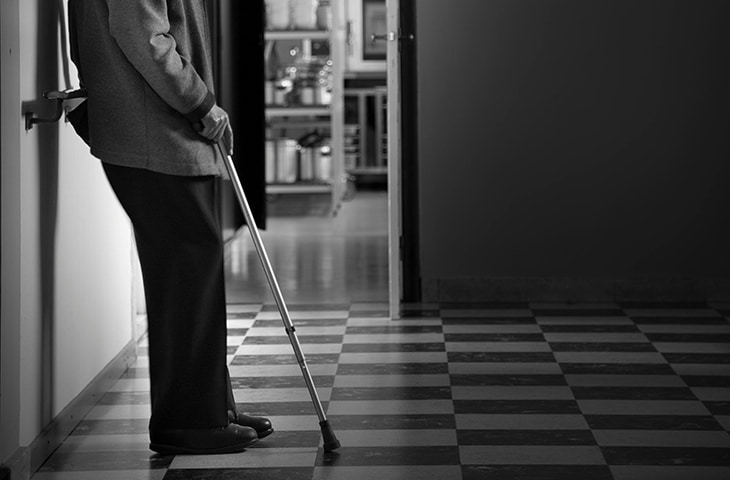Life, Vol. 15, Pages 632: Development Of A Tool For Comprehensive Balance Assessment Based On Artificial Intelligence And Anomaly Detection

Life, Vol. 15, Pages 632: Development of a Tool for Comprehensive Balance Assessment Based on Artificial Intelligence and Anomaly Detection
Life doi: 10.3390/life15040632
Authors: Márcio Fagundes Goethel Klaus Magno Becker Franciele Carvalho Santos Parolini Ulysses Fernandes Ervilha João Paulo Vilas-Boas
Falls, a major cause of injury and disability, particularly among older adults, present a significant public-health challenge. Existing methods of balance assessment often lack the sensitivity and specificity needed to identify subtle deviations from normal patterns, hindering early intervention. To address this gap, we introduced a novel artificial intelligence-based tool that leverages anomaly detection to provide a comprehensive assessment of balance performance across all age groups. This study evaluated the tool’s effectiveness in 163 individuals aged 18–85 years who were assessed using a force platform under four conditions: eyes open and eyes closed on firm and foam surfaces. Data analysis, employing an artificial neural network with 19 socio-anthropometric and postural variables, showed the tool’s exceptional accuracy (R = 0.99998) in differentiating among balance profiles. Notably, the model highlighted the significant impact of age and education on balance, with older adults demonstrating increased reliance on visual input, especially when somatosensory information was reduced on foam surfaces. In contrast, younger, more educated individuals exhibited a more integrated sensorimotor approach. These findings demonstrate that our anomaly-detection tool can identify subtle balance impairments often missed by traditional methods, offering valuable insights for personalized fall-risk assessment and intervention. This AI-based approach can provide a holistic assessment of balance, leading to more effective strategies for fall prevention and rehabilitation, particularly in aging populations.
Popular Products
-
 Put Me Down Funny Toilet Seat Sticker
Put Me Down Funny Toilet Seat Sticker$33.56$16.78 -
 Stainless Steel Tongue Scrapers
Stainless Steel Tongue Scrapers$33.56$16.78 -
 Stylish Blue Light Blocking Glasses
Stylish Blue Light Blocking Glasses$85.56$42.78 -
 Adjustable Ankle Tension Rope
Adjustable Ankle Tension Rope$53.56$26.78 -
 Electronic Bidet Toilet Seat
Electronic Bidet Toilet Seat$981.56$490.78